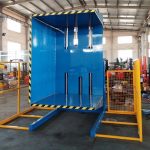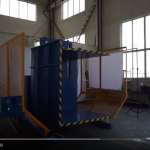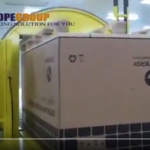Pallet Inverter Safety Features: What You Should Know Before Purchasing
- Pallet Inverter Safety Features: What You Should Know Before Purchasing
- Introduction
- 1. Understanding the Importance of Safety in Pallet Inverters
- 2. Emergency Stop Buttons: A Must-Have Safety Feature
- 3. Load Stability: Preventing Tipping and Shifting
- 4. Hydraulic Safety Valves: Protecting Against Pressure Failures
- 5. Safety Barriers and Fencing: Controlling the Operation Zone
- 6. Anti-Slip Platforms: Ensuring Worker Safety During Loading
- 7. Automatic Locking Mechanisms: Ensuring Load Security
- 8. Operator Training and Safety Protocols
- 9. Compliance with Industry Standards and Regulations
- 10. Routine Maintenance for Long-Term Safety
- 11. Weight Capacity Sensors: Avoiding Overload Risks
- 12. Audible and Visual Alarms for Enhanced Awareness
- Conclusion
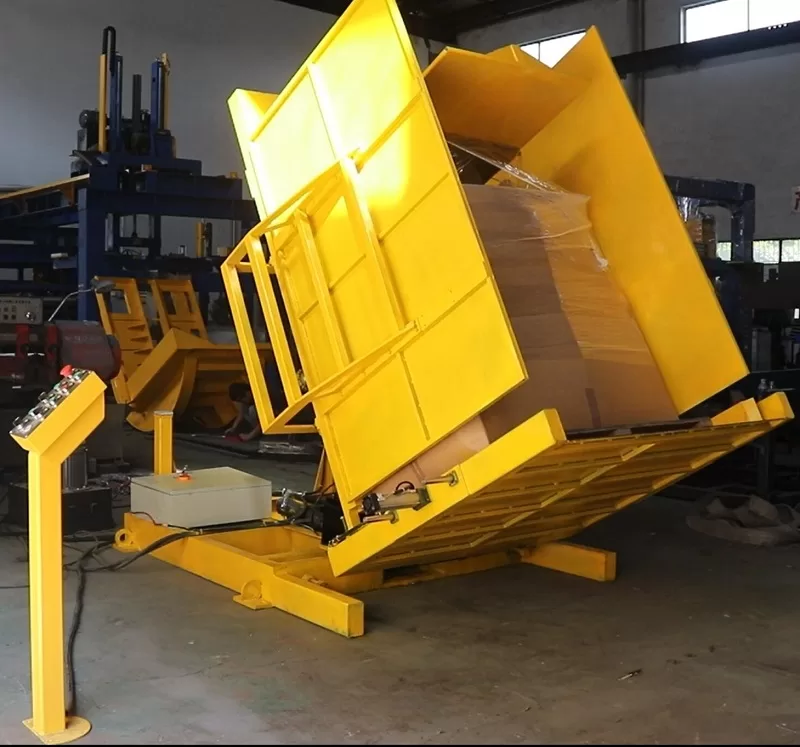
Introduction
Pallet inverters play an essential role in material handling operations across industries like warehousing, logistics, and manufacturing. When you're moving or storing goods, it's important to do it efficiently and safely. That's where pallet inverters come in, helping to simplify the process of flipping or rotating loaded pallets without having to manually lift or handle the goods themselves.
However, as with any heavy-duty industrial equipment, safety is a critical factor. Before you invest in a pallet inverter, it’s crucial to understand its safety features, not only to protect your workforce but also to ensure regulatory compliance and smooth operations.
In this article, we will explore the key safety features that you should consider before purchasing a pallet inverter. From load stability systems to emergency stop functions, we'll cover everything you need to know to make an informed, safe, and smart investment.
1. Understanding the Importance of Safety in Pallet Inverters
Safety should always be a top priority when selecting industrial equipment, and pallet inverters are no exception. These machines handle heavy loads, and improper use or a lack of safety features can lead to accidents, injuries, and equipment damage.
Pallet inverters are designed to move goods efficiently, but they can also pose hazards if used incorrectly. The weight of the loads, combined with the mechanical force applied during the inversion process, creates a potentially dangerous scenario. That’s why manufacturers equip these machines with various safety mechanisms to reduce the risks.
2. Emergency Stop Buttons: A Must-Have Safety Feature
One of the most critical safety features of a pallet inverter is the emergency stop button. This button allows operators to immediately halt the machine's operation in case of any malfunction, sudden obstruction, or unsafe situation.
The emergency stop function is often located within easy reach of the operator to ensure rapid response. Some models also come equipped with multiple stop points for additional safety, ensuring that a worker can stop the machine from various locations.
3. Load Stability: Preventing Tipping and Shifting
During the inversion process, pallet loads can shift or become unstable, especially if the goods are not securely packed. To counteract this risk, many pallet inverters are fitted with load stabilization systems. These systems ensure that the load remains secure during the entire operation, minimizing the risk of the load falling or shifting unexpectedly.
Load clamps, adjustable pressure controls, and hydraulic stabilizers are just some of the features that can be included in a high-quality pallet inverter to enhance load stability.
4. Hydraulic Safety Valves: Protecting Against Pressure Failures
Hydraulic systems power most pallet inverters, allowing them to handle large and heavy loads. However, a failure in the hydraulic system can result in dangerous pressure surges, potentially causing the load to fall or the machine to malfunction.
To prevent this, hydraulic safety valves are installed in many pallet inverters. These valves regulate the pressure within the system, ensuring it stays within safe operating limits. In case of a pressure spike or failure, the valves will automatically adjust to prevent a catastrophic incident.
5. Safety Barriers and Fencing: Controlling the Operation Zone
Pallet inverters often operate in environments where multiple workers are present. To reduce the risk of unauthorized entry into the operation zone, many pallet inverters come with safety barriers or fencing. These physical barriers are designed to prevent workers from coming too close to the machine during operation, significantly reducing the risk of accidents.
Some machines even feature automatic sensors that detect when a person enters the operation zone, instantly halting the machine’s operation to prevent injury.
6. Anti-Slip Platforms: Ensuring Worker Safety During Loading
Another feature to consider is the presence of anti-slip platforms. Workers may need to stand on or near the pallet inverter when loading or unloading goods, and an anti-slip surface ensures that they won’t lose their footing, even in potentially slippery conditions. This is particularly important in wet or oily environments, where the risk of slipping is higher.
Anti-slip platforms are usually made of textured steel or other slip-resistant materials, providing a stable surface for workers to stand on during operations.
7. Automatic Locking Mechanisms: Ensuring Load Security
When inverting a pallet, the machine must hold the load securely in place throughout the entire process. Automatic locking mechanisms are an essential safety feature that guarantees the load remains stable and secure, preventing it from slipping out of place.
This is particularly important when handling fragile or valuable goods, as an unstable load can result in costly damages.
8. Operator Training and Safety Protocols
Even the most advanced safety features won’t be effective if operators don’t know how to use the equipment correctly. Ensuring that your team is well-trained in both the operation and safety features of your pallet inverter is crucial.
Most pallet inverter manufacturers provide training programs or detailed operational manuals that cover both equipment use and safety protocols. Investing time in operator training will not only improve productivity but also drastically reduce the likelihood of accidents.
9. Compliance with Industry Standards and Regulations
Before purchasing a pallet inverter, ensure that it complies with relevant industry safety standards and regulations. For example, in the U.S., pallet inverters should meet OSHA (Occupational Safety and Health Administration) guidelines to ensure they are safe for use in industrial environments. Similarly, European buyers should look for CE marking, which indicates that the machine meets EU safety standards.
Failing to comply with these standards can lead to legal liabilities, workplace accidents, and potential fines. Always request certification or proof of compliance from the manufacturer before finalizing your purchase.
10. Routine Maintenance for Long-Term Safety
Finally, routine maintenance plays a crucial role in ensuring the long-term safety of your pallet inverter. Even the most sophisticated safety features can wear out or fail over time if the machine isn’t properly maintained. Regular inspections, timely repairs, and proper servicing are all necessary to keep the equipment functioning safely.
Many manufacturers offer maintenance contracts or preventive maintenance programs to help buyers stay on top of their machine’s upkeep. Taking advantage of these services can save you from costly repairs and ensure the continuous safety of your operations.
11. Weight Capacity Sensors: Avoiding Overload Risks
One of the most overlooked safety features in pallet inverters is the use of weight capacity sensors. These sensors are critical in ensuring that the machine is not overloaded during operation. An overloaded pallet inverter can lead to structural damage or, worse, operator injury if the machine fails under the weight.
Modern pallet inverters are equipped with sensors that monitor the load weight and alert operators when it exceeds the recommended limit. In some advanced models, the machine will refuse to operate if the load is too heavy, effectively preventing accidents before they happen.
By ensuring that the load is within the machine’s capacity, you can extend the life of your pallet inverter and avoid unexpected breakdowns that could disrupt your operations.
12. Audible and Visual Alarms for Enhanced Awareness
Another key safety feature is the inclusion of audible and visual alarms. These alarms serve as warnings to nearby workers and operators when the pallet inverter is about to begin or is in the middle of an operation. Visual alarms typically come in the form of flashing lights, while audible alarms might include sirens or beeps.
These alerts are especially useful in noisy work environments, where an operator may not be able to hear the machine starting up. By providing multiple forms of alerts, these alarms ensure that everyone in the vicinity is aware of the machine's status, reducing the risk of accidents or injuries.
Conclusion
When purchasing a pallet inverter, safety should be a top consideration. With so many features designed to protect both operators and the products being handled, it’s clear that pallet inverters have evolved into highly safe and reliable pieces of equipment. From emergency stop buttons to load stability systems, automatic locking mechanisms, and IoT connectivity, these machines offer a range of advanced safety features that make them indispensable in today’s industrial settings.
Investing in a pallet inverter with these safety features not only ensures the well-being of your workers but also reduces the risk of costly product damage and equipment downtime. Before making a final decision, ensure that the pallet inverter you choose is equipped with the right combination of safety mechanisms to suit your specific operational needs.
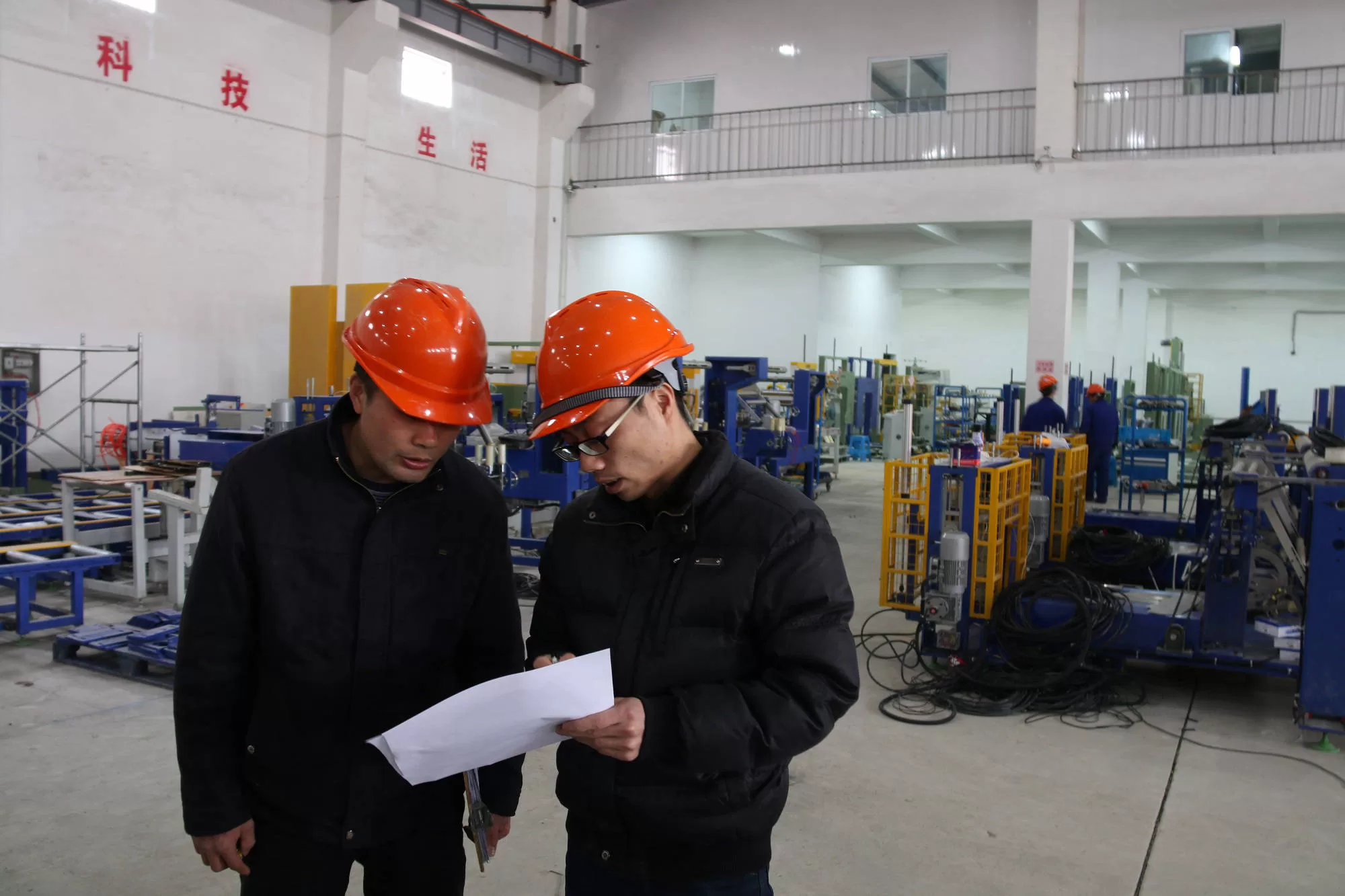
Get Your Best Solution !



